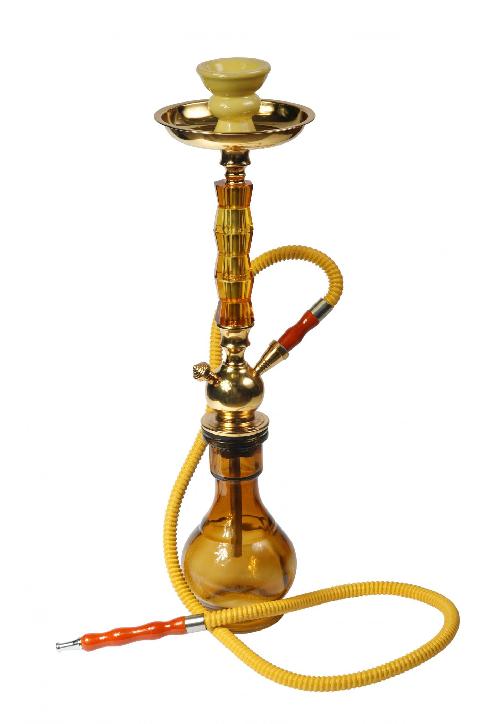April 4, 2016 - A study of light-use hookah or waterpipe smokers found evidence of lung function abnormalities, including marked changes in cells lining the airways. The study, "Pulmonary Abnormalities in Young, Light-use Waterpipe (Hookah) Smokers," was published recently in the American Thoracic Society's American Journal of Respiratory and Critical Care Medicine.
Few studies have assessed safety of smoking with a waterpipe, which delivers fruit-flavored tobacco that is placed in a bowl and burned with charcoal. Smoke from the tobacco is bubbled through water, carried through a hose and inhaled. Waterpipe smoking is a pastime that is common in the Middle East and is growing in popularity among young people in the U.S. Light-use waterpipe smokers (who smoked no more than three bowls/week for fewer than five years), with an average age of 24, were recruited in New York City.
Ronald Crystal, MD, professor and chairman of the Department of Genetic Medicine at Weill Cornell Medicine, and colleagues assessed the effects of waterpipe smoking on study participants using clinical and biological parameters. The clinical data showed that, compared to nonsmokers, waterpipe smokers coughed more frequently and produced more sputum. Biological changes were observed in "marked changes in the cells lining the airways" of waterpipe smokers. In addition, the researchers noted an increase in the circulation of small particles shed by endothelial cells in the lungs. "This is indicative of ongoing damage to the capillaries," said Dr. Crystal, who is also the Bruce Webster Professor of Internal Medicine at Weill Cornell Medicine. Together, the clinical and biological changes associated with light-waterpipe use are signs of early lung damage.
 This image shows hookah or waterpipe. Credit: ATS
This image shows hookah or waterpipe. Credit: ATS
The authors wrote that compared to one cigarette, one waterpipe session exposes the smoker to:
- 2 to 4 times the amount of nicotine,
- 7 to 11 times the amount of carbon monoxide,
- 100 times more tar,
- 17 times the amount of formaldehyde,
- 2 to 5 times the amount of high molecular weight carcinogenic polyaromatic hydrocarbons and
- 3 times the amount of phenol.
"This is a small study, but our study results justify initiating large epidemiologic studies to further assess the harmful effects of waterpipe smoking," said Dr. Crystal. "It is uncontrolled - there are no regulations pertaining to its use - and the data raises red flags that even limited use may cause lung damage."
source: American Thoracic Society